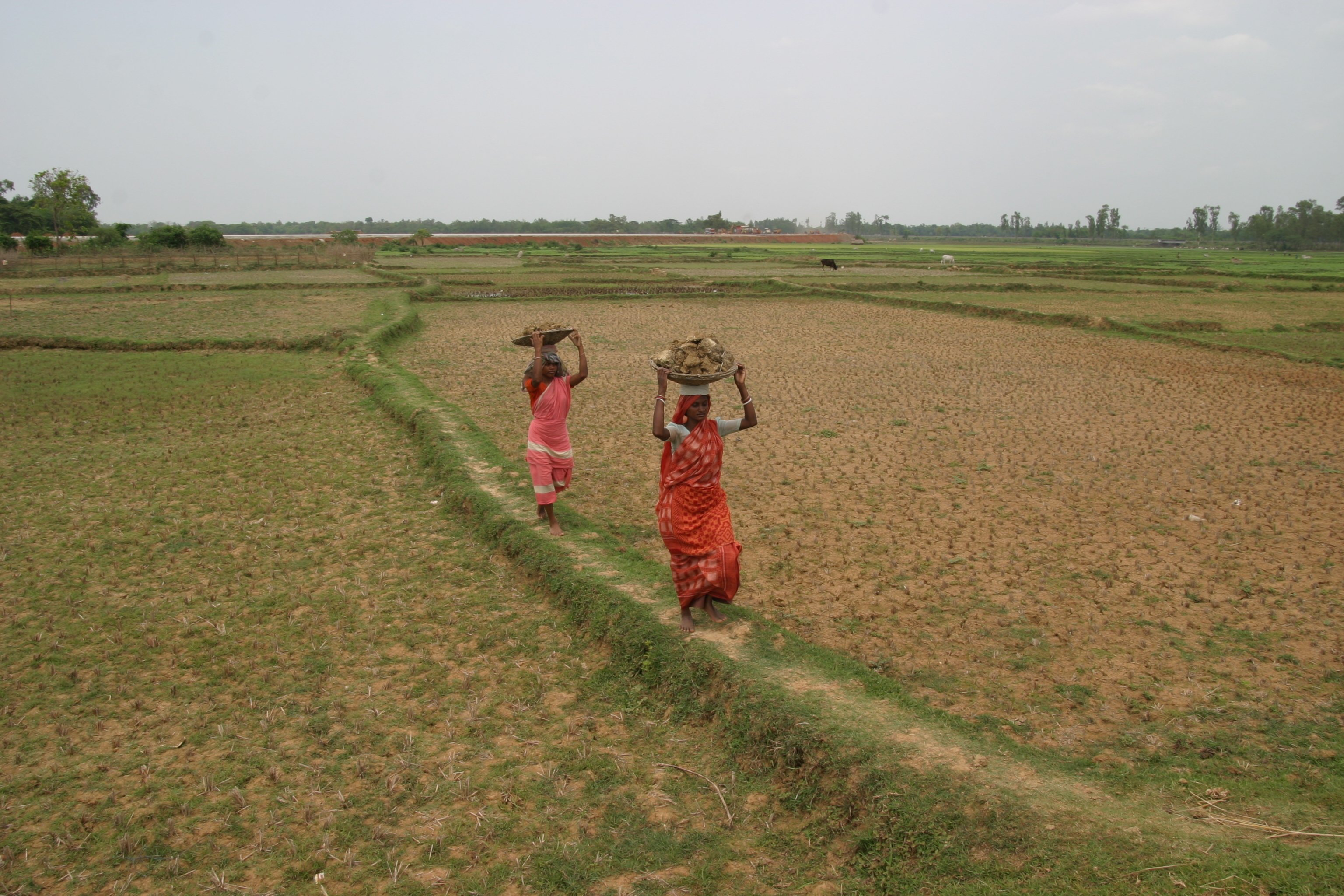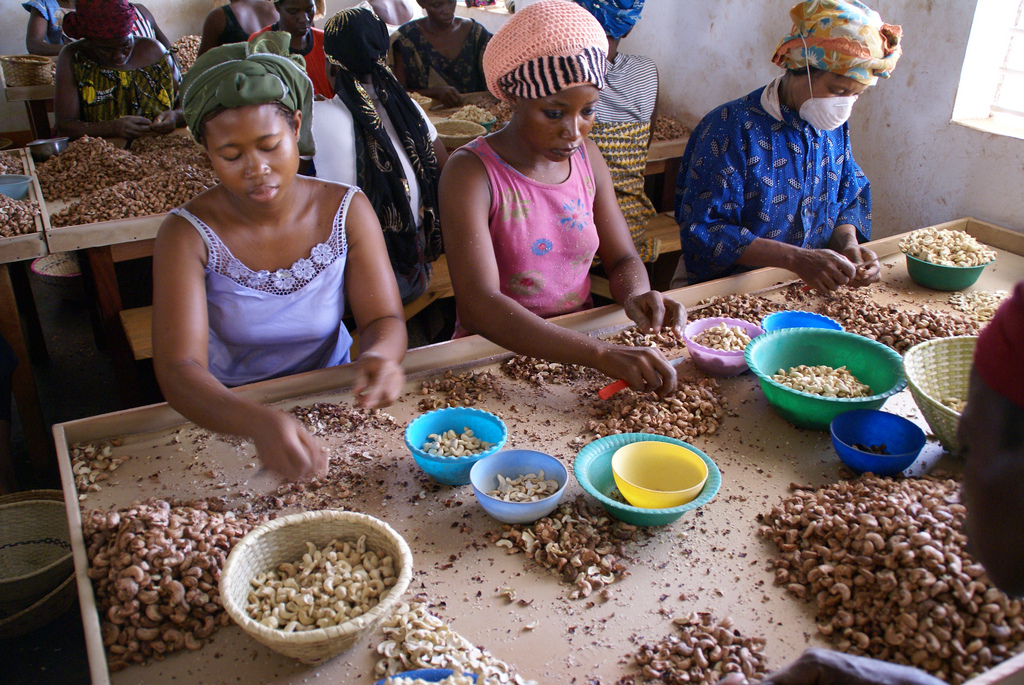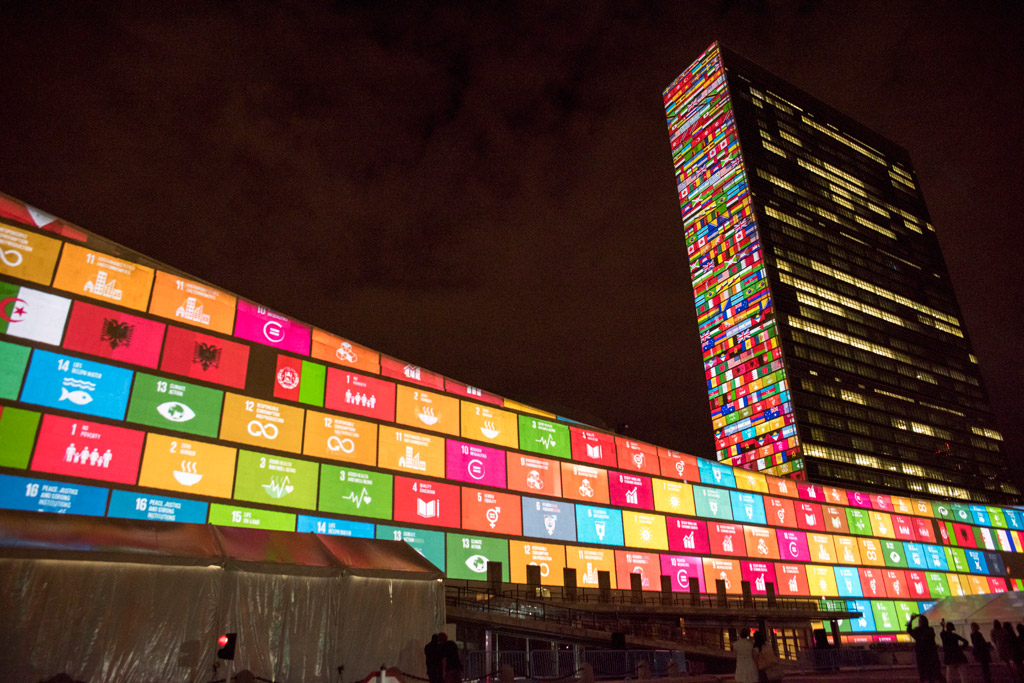FAO Investment Centre Celebrating 50 Years of Activity
The FAO Investment Centre recently celebrated 50 years of activity supporting FAO member countries in developing investment operations for agricultural development, food security and rural development. The Centre is 20 years younger than FAO, the Food and Agricultural Organization of the United Nations that celebrated its 70th anniversary in 2015; with its financial dimension, the Centre is a part of FAO unlike any technical unit found anywhere else in the United Nations system of technical agencies.
Over the last 50 years, the Centre has provided substantial support in the formulation of more than 2,000 investment projects and programmes in 170 countries, contributing about US$ 100 billion in investment to the rural sector. The Centre works closely with governments, development banks as well as national and international organizations, FAO’s sister UN agencies such as the International Fund for Agricultural Development (IFAD) and the World Food Programme (WFP), the local private sector, producer’s organizations and farmers themselves. In so doing, it also contributes to strengthen the capacity of national partners in the design, implementation, supervision and evaluation of investment operations.
 In the Photo (left) : Investment Learning Platform
In the Photo (left) : Investment Learning Platform
Credit: F.A.O.
The FAO Investment Centre has a unique business model. It is the largest multidisciplinary unit in FAO and the only one working on a cost-sharing basis with partners. Because of this arrangement, the Centre is able to provide impartial, objective advice in the interest of the countries it serves.
Since the beginning, the Investment Centre has been recognized for its responsiveness, rigor and high level of expertise. It has been able to adapt to changing development challenges and has been at the forefront of innovation – in particular the move towards more participatory project design and implementation arrangements that seek to directly involve the project beneficiaries and give them a say in their own development.
With some 90 professionals based in FAO Headquarters in Rome and across FAO’s decentralized offices, the Centre is the largest international group specialized in the design of investment projects in agriculture and rural development.
In the Video: “FAO Investment Centre –50 years of promoting investment in agriculture.”
How the Centre was started
The origin of FAO Investment Centre goes back to 1964 when the World Bank and FAO decided to join forces to provide technical expertise to the countries for the design of investment operations. This resulted in the first Cooperative Agreement with the overall objective of facilitating a greater flow of capital to the agricultural sector.
Since then, the Investment Centre has grown considerably and has established other partnerships, notably with IFAD but also with the African and Asian Development Banks, the European Bank for Reconstruction and Development (EBRD), the Global Environment Facility (GEF) and other development banks and funds.
Sixty percent of the Centre’s annual budget is funded through the billing of its services mostly to financing partners. The remaining 40 percent is financed by FAO member countries through their regular contributions to FAO’s budget.
Related Articles: “EUROPE’S FLIGHT FROM THE REFUGEE CRISIS” by MICHELE SCIURBA
“FUEL AND ENERGY: BUILDING RESILIENCE IN PROTRACTED CRISES” by PATRICK JACQUESON
Recent developments
Although the Investment Centre’s core strength remains that of project formulation, it recently diversified in two areas of work worth highlighting. These have stemmed from the recommendations of FAO’s Independent External Evaluation undertaken in 2007 and that reviewed the whole organization’s mandate and functioning.
The first area is the assistance provided directly to countries to formulate national strategies, policies and plans for achieving sustainable development of their agricultural sector, while attaining food and nutrition security for their population.
This is a growing area of work because developing countries perceive the role of the Investment Centre as that of an “honest broker” focusing on the national interests.
In the Photo: Women prepare cashews for packaging and shipment (Burkina Faso). Photo Credit: Flickr/CIDSE
A salient example of the Centre’s support has been in Africa. After the launching of the Comprehensive Africa Agricultural Development Programme (CAADP) in 2003, the Centre assisted a large number of countries in formulating their National Agricultural and Food Security Investment Plans which are the main tool for coordinating investments in the sector at country level.
The second area is in the development of capacities in large project formulation and implementation at national level. As a result, countries’ stakeholders are empowered to better participate in the design of investment operations, together with the financiers.
Although these areas of work are very relevant and important, given the Centre’s business model, they require additional dedicated sources of funding which are not always easy to identify.
Looking to the future
Increasing investment support in areas of food, agriculture and natural resource management is needed to achieve the Sustainable Development Goals adopted by the UN’s 193 Member States on 25 September 2015. The Sustainable Development Goals will shape national development policies over the next 15 years. What is noteworthy here is that the sector of food and agriculture is at the heart of the 17 SDGs, beginning with SDG1, End poverty, and SDG2, End hunger. Food security and its link to natural resources and rural development feature in virtually every goal of the 2030 Agenda.
In the geopolitical landscape that is shaping up in the rush to achieve the 2030 Agenda, it is expected that more countries will be in the driver seat, while financing a growing share of the public investments needed. As a result, the Investment Centre needs to strengthen its capacities as a facilitator and knowledge broker, focusing also on capacity development for diverse national stakeholders.
Private sector investment is expected to grow substantially as infrastructure develops and governance improves. A growing part of this investment will be in the form of remittances. As the 2012 State of Food and Agriculture report indicates, a large part of the investment in agriculture comes from the farmers themselves, mostly family farmers, and this will continue to be the case. If farmers are to invest more and better, they require sustaining policies and institutions which respond to their needs. Here too, the Investment Centre must increase its capacity to facilitate linkages between inclusive policy dialogues with investment opportunities.
The big challenge for the future will be to ensure that the world’s expanding population is food secure, consuming healthy nutritious food that is produced in a sustainable manner using lower quantities of chemical fertilizers, pesticides and fuel, but also improving resilience of production systems to climate change. And as in the past, the investment Centre will continue to work in close coordination with FAO technical divisions towards this end.
More information can be found about the FAO Investment Centre here.
Featured Image: Flickr/CIDSE – Sara F. Rodriguez, Manos Unidas











